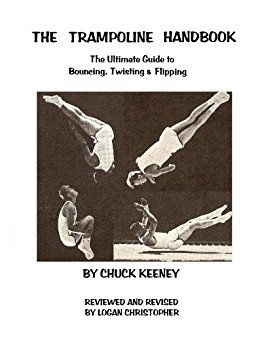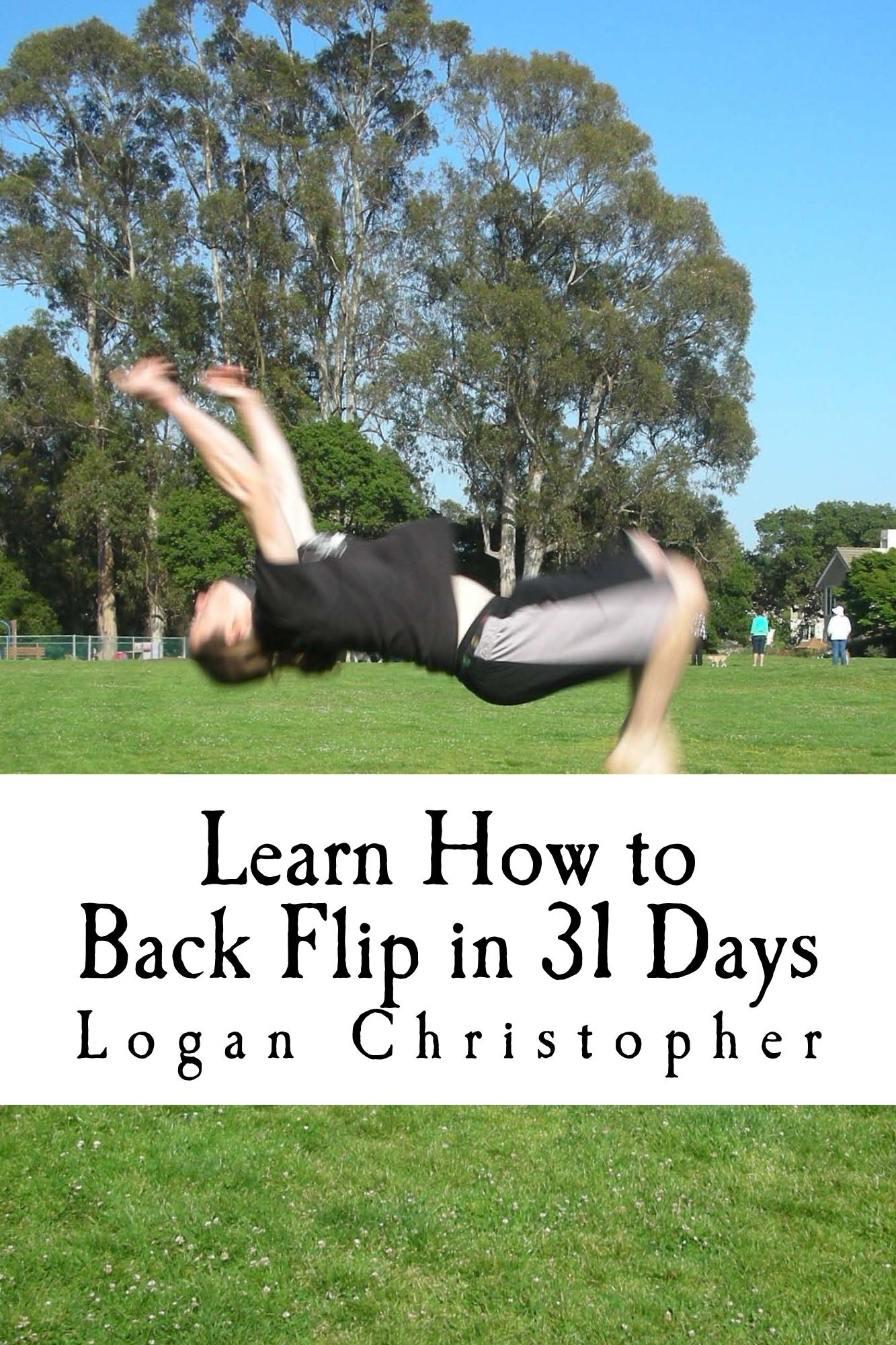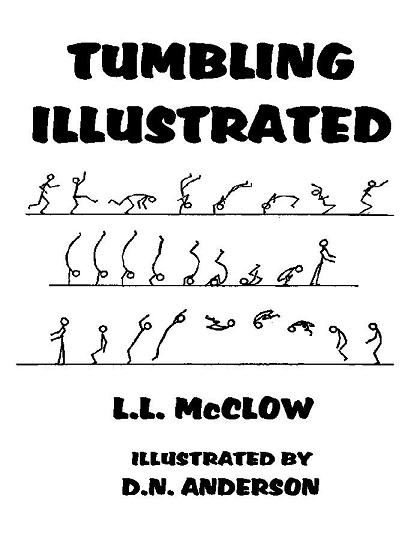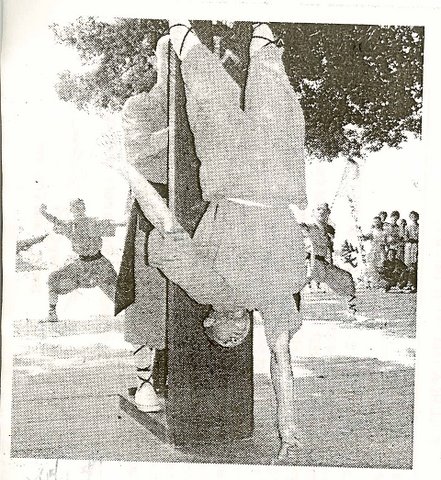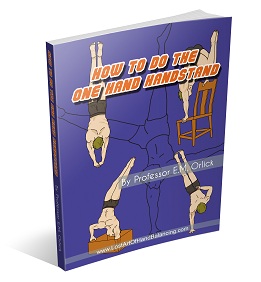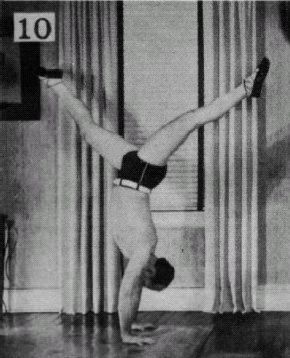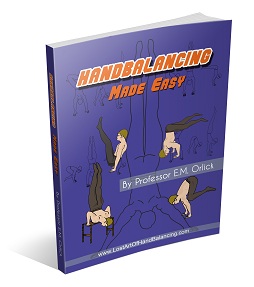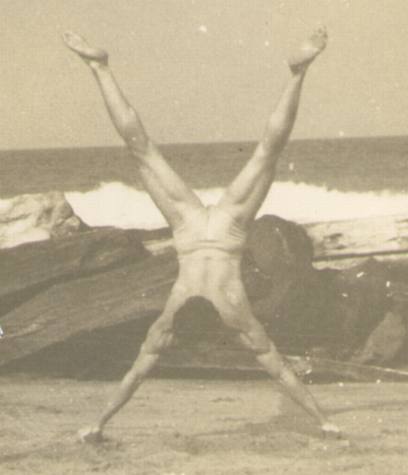Here is a great question on the value of walking on hands versus standing on them.
“Hey Logan I just now started to do the frogstand and I can do it for a long time. I’ve been learning the handstand and couldn’t find my balance and I can walk all the way down my hall on my hands but I cant hold a handstand and Its frustrating so I stuck to walking on my hands. I’m gonna start practicing my frogstands right now. Is there any other things I could do to work on my balance for a handstand?”
Marcus
I recommend that anyone getting started with the handstand attempts to not walk around but instead finds the balance and holds the position on the hands.
You see, how you balance while walking on your hands can be entirely different then how you balance while standing on your hands. The first when you come out of balance you step to get back in balance. So your balance is maintained by moving around your body.
When standing on your hands you maintain your balance by keeping the body in a certain range that can be balanced by the hands and arms. If you start to fall out of balance you shift the pressure to keep your body up.
Doing this is tough. That’s why I recommend using lead-up stunts to teach you how to balance. The frogstand is great for teaching you hand balancing while in an easier position with your body low to the ground.
Other moves that help you build balance, different from the frog stand, include the headstand and forearm stand. If you can’t do these easier stunts well then you definitely should not be attempting the handstand yet.
Full details on these and other helpful stunts can be found in the Secrets of the Handstand Quick Start DVD.
Learning how to balance your body will in the end make walking around that much easier.
Good Luck and Good Hand Balancing,
Logan Christopher


